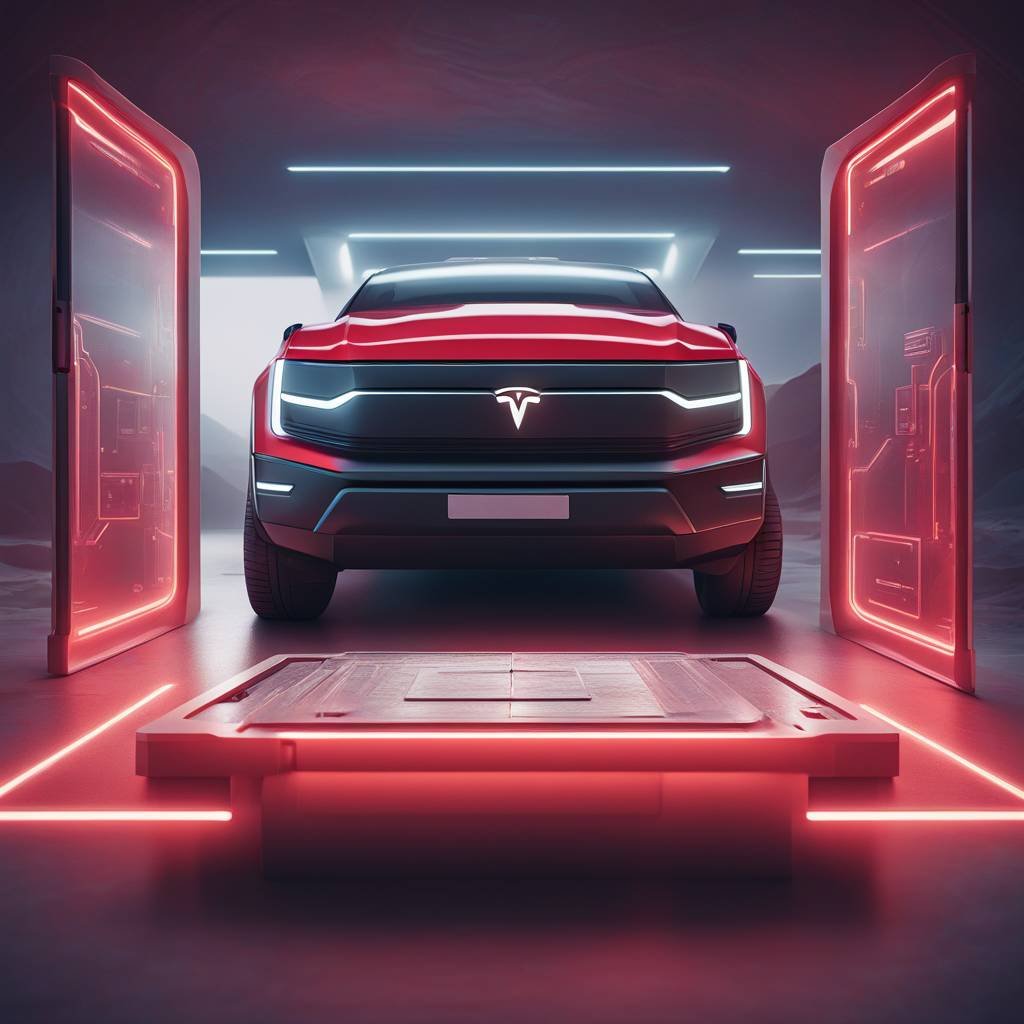Summary
– Tesla revealed details about the Cybertruck’s battery passport, showing the use of 4680-type cylindrical battery cells
– The 4680 cells are the largest cylindrical cells used in EVs, with a diameter of 46 mm and height of 80 mm
– The battery uses Nickel-Cobalt-Manganese lithium-ion cathode chemistry, with 1,344 individual cells and a total energy of 123 kWh
– The battery weight is nearly 1,600 lbs, with a gravimetric energy density of 0.17 kWh/kg
– Tesla plans to introduce range extender options for the Cybertruck in 2024, with potential future improvements for the 4680 cells and battery technology.
Article
Discovering the details of Tesla’s 4680-type cylindrical battery cells, with a diameter of 46 mm and a height of 80 mm, has provided valuable insights into the company’s cutting-edge technology. These cells are the largest cylindrical cells used in EVs to date, significantly larger than the previous 2170-type cells. With variations in height such as 4695 and 46120, these cells are set to become the standard for future generations of electric vehicles.
One of the key aspects of Tesla’s battery technology is the chemistry used in their cells. The company employs Nickel-Cobalt-Manganese (NCM) lithium-ion cathode chemistry, as confirmed by a teardown conducted by The Limiting Factor in mid-2022. The Cybertruck’s battery pack consists of 1,344 individual cells, with a total energy capacity of 123 kilowatt-hours. This translates to an individual cell capacity of 91.5 watt-hours. Despite the battery’s weight of almost 1,600 lbs, which accounts for around 24% of the total weight of the Cybertruck AWD version, the structural design of the battery offsets some of this weight.
Looking ahead, Tesla plans to introduce range extender options for the Cybertruck AWD and Cyberbeast versions later this year, offering an estimated increase in range of about 38%, to over 470 and 440 miles respectively. This additional capacity will amount to approximately 47 kilowatt-hours, bringing the total to around 170 kWh. In 2025, Tesla also aims to launch an entry-level RWD version with a smaller battery and a shorter range of approximately 250 miles. The 4680-type cells in the Cybertruck’s battery are already around 10% more energy-dense than the initial cells used in previous Tesla models, indicating the potential for further improvements as the technology evolves.
The detailed information provided in the 2023 Impact Report sheds light on Tesla’s battery technology and its potential impact on the future of electric vehicles. The 4680-type cylindrical battery cells represent a significant technological advancement in terms of energy density and capacity. With the structural battery pack design and the use of NCM cathode chemistry, Tesla is paving the way for more efficient and powerful electric vehicles. As other suppliers begin to produce the 4680-type cells, we can expect to see their adoption by other car manufacturers seeking to enhance the performance and range of their EVs.
As Tesla continues to innovate and push the boundaries of battery technology, the 4680-type cylindrical cells are set to play a crucial role in the company’s future electric vehicles. With improvements in energy density, capacity, and range, Tesla is poised to lead the way in the transition to sustainable transportation. The upcoming range extender options for the Cybertruck models and the planned entry-level RWD version demonstrate Tesla’s commitment to offering a diverse range of options for consumers. As the technology matures, we can expect further advancements and refinements that will continue to revolutionize the electric vehicle industry.
Read the full article here


